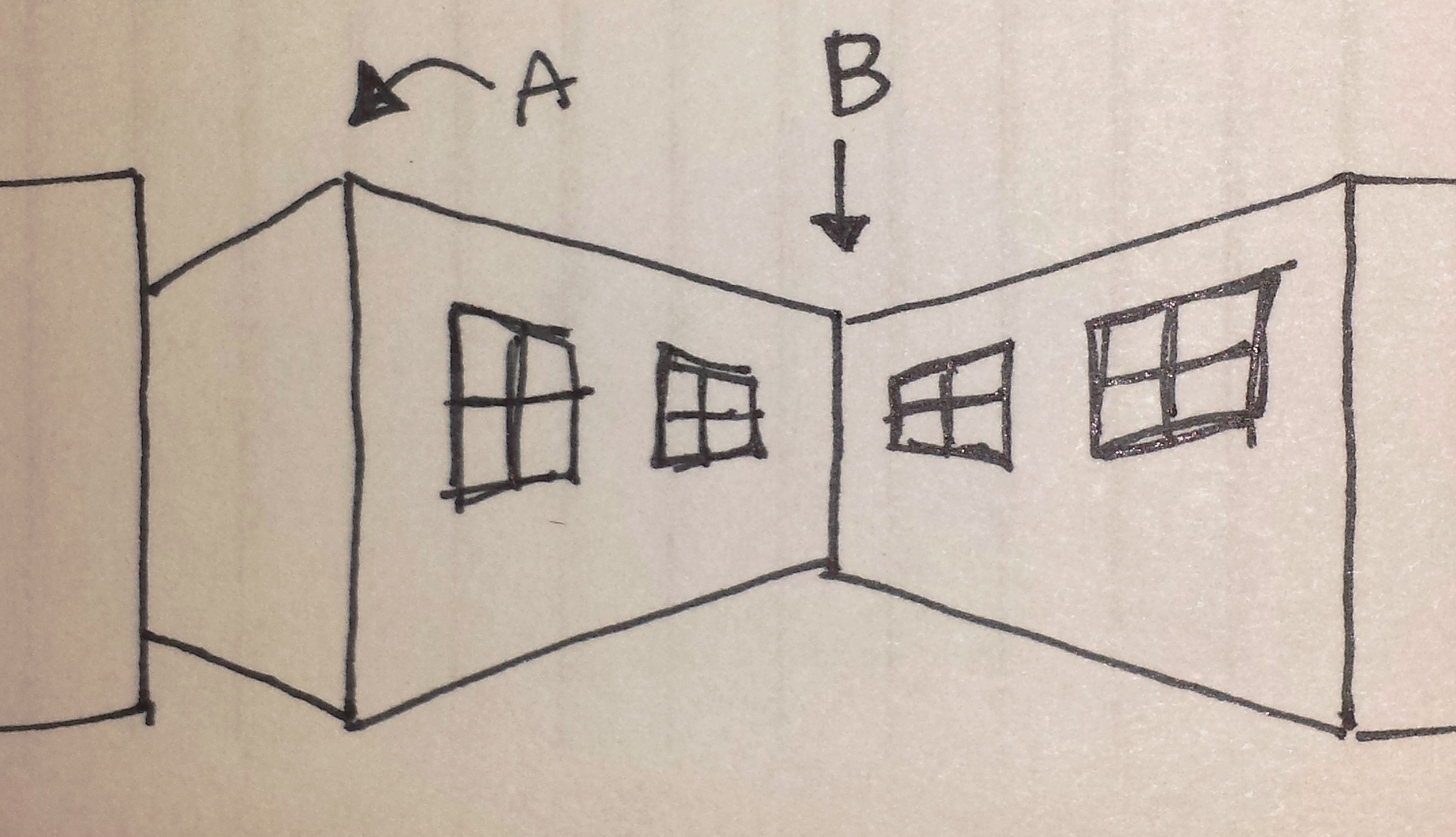Why is “La La Land” so popular among Mormons?
The New York Times (here) has maps (chloropleths, if you want to show off your vocabulary) showing the popularity of the nominees for best picture. The maps look like different countries. “Fences,” for example, did best in the Southern swath from Louisiana to North Carolina but nowhere else except for Allegheny County, PA (it was filmed in Pittsburgh, where the story is set). In those same areas, “Arrival” and “Manchester by the Sea” basically don’t exist. The maps of “Fences” and “Arrival” look like direct opposites.
The map that puzzled me was “La La Land.” It’s big in LA, of course (like “Fences” in Pittsburgh). But its other strongholds are counties with a high proportion of Mormons: Utah plus Mormonic counties in neighboring states – Idaho, Wyoming, New Mexico, Colorado, and Nevada.

 The maps match even for distant counties in Missouri and Virginia, where those dark spots on the map might indicate only 5-10% of the population. Most counties in the US are below 3%.
The maps match even for distant counties in Missouri and Virginia, where those dark spots on the map might indicate only 5-10% of the population. Most counties in the US are below 3%.
How to explain the “La La Land” – Latter Day Saints connection? The movie is rated PG-13, but so are “Fences,” “Arrival,” and “Lion.” And “Hidden Figures” is PG. But then, the cast of “La La Land” has very few non-Whites and zero aliens. That might have something to do with it.
Or maybe it’s just because Ryan Gosling grew up with seriously Mormon parents. He is no longer a Mormon and says he never really identified as one. He has long since left the church. He is neither a singer nor a dancer but has to sing and dance in this film. His character is supposed to be a jazz purist, but the music he plays is what you might call Utah jazz (one of the great oxymorons of our time). But those minor quibbles mean little compared with the fact the for the first years of his life, he was raised as a Mormon.
Jay Livingston is the chair of the Sociology Department at Montclair State University. You can follow him at Montclair SocioBlog or on Twitter.



 The dining rooms are coming. It’s how I know my neighborhood is becoming aspirationally middle class.
The dining rooms are coming. It’s how I know my neighborhood is becoming aspirationally middle class.




